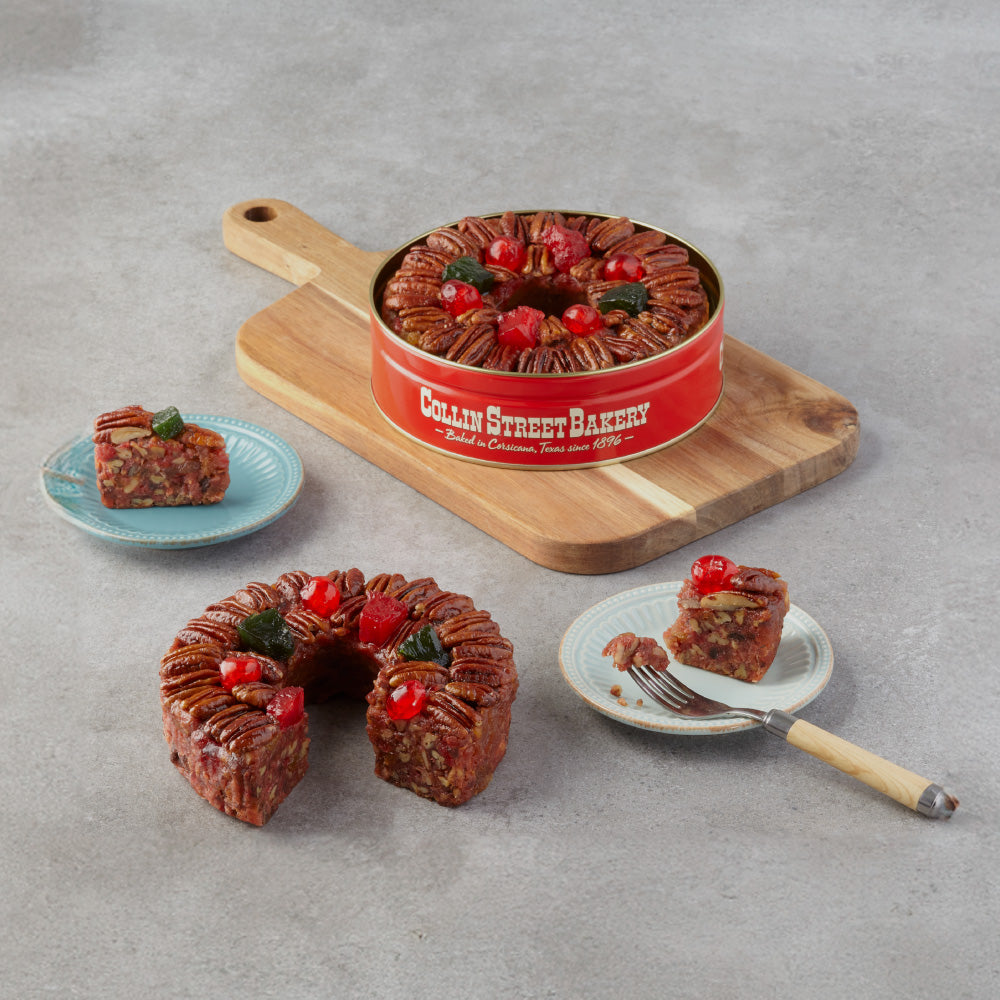And why Santa eats Christmas cookies on Christmas Eve
When Christmas Eve arrives, many families across the world place a plate of cookies and a glass of milk by the fireplace for Santa Claus. This delightful tradition adds magic to the holiday season. But why does Santa eat cookies? The answer is deeply rooted in history, cultural practices, and of course, the irresistible appeal of sweet treats. Let’s explore the origins of Christmas cookies, their connection to Santa Claus, and the unique variations of this beloved holiday snack across the globe.
The sweet origins of Christmas baking
The tradition of Christmas cookies can be traced back to the Middle Ages, a time when baking was not only a practical necessity but also a symbolic activity to mark special occasions. During this era, baked goods were intertwined with religious rituals and seasonal celebrations, offering comfort and joy during the dark winter months. Spices such as cinnamon, ginger, nutmeg, and cloves, imported through Eastern trade routes, elevated simple ingredients into luxurious treats, making them perfect for festive occasions.
Honey, symbolizing abundance and good fortune, played a significant role in early Christmas baking. Paired with preserved dried fruits, it helped create long-lasting doughs that could endure through cold months. These spiced, sweetened baked goods laid the groundwork for one of Christmas’s most iconic treats: gingerbread.

The rise of gingerbread
Introduced to Europe by Crusaders in the 11th century, gingerbread quickly became a beloved holiday tradition by the 13th century. German monks, in particular, began making lebkuchen—spiced cookies—to honor saints and celebrate Christmas. These cookies, shaped into stars, angels, and other holiday symbols, were often displayed on church altars or shared at festive gatherings, blending flavor with spiritual significance. The tradition of shaping cookies into holiday symbols, such as stars for the Star of Bethlehem and lambs for innocence, built upon earlier symbolic baking customs, deepening the connection between food and festive meaning.
The creation of the classic sugar cookie
As Christmas traditions evolved, cookies took on a central role in holiday celebrations. The Protestant Reformation in the 16th and 17th centuries shifted Christmas from a strictly religious observance to a time for family gatherings, feasting, and shared joy. This newfound focus on togetherness allowed festive treats to flourish. By the late 17th century, tin cookie cutters revolutionized holiday baking, turning cookies into intricate, edible works of art. Families embraced these new tools, using them to create cookies that could be displayed or exchanged as heartfelt gifts.
The Industrial Revolution of the 19th century further democratized baking, making essential ingredients like sugar and flour affordable and accessible to a broader range of households. Immigrant communities introduced traditional European recipes, including lebkuchen, speculaas, pizzelle, and pepparkakor, which merged with local influences to give rise to the iconic sugar cookie—now a symbol of holiday joy and expression.

Why do we leave cookies for Santa Claus?
As cookies became a central part of Christmas traditions, they also gained significance as symbols of generosity. The practice of leaving cookies for Santa has its origins in early acts of gratitude, influenced by Christian customs. Ancient winter traditions of offering food during celebrations evolved into honoring St. Nicholas, a 4th-century Greek bishop known for his compassion and generosity. By the Middle Ages, the feast of St. Nicholas, celebrated on December 6, had already blended with Christmas festivities, connecting the act of giving with the celebration of Christ’s birth and the spreading of His love.
Why do we leave milk for Santa Claus?
While cookies have long been a staple of Christmas celebrations, the addition of milk became popular during the Great Depression. During this challenging time, families, despite financial struggles, used the tradition of leaving milk and cookies for Santa as an opportunity to teach children about generosity and kindness. Around this period, milk advertisements, spearheaded by dairy farmers and industry groups, promoted the idea of milk being the perfect complement to Santa’s cookies, further cementing the tradition.
Today, the practice of leaving both cookies and milk for Santa continues to be a cherished tradition, symbolizing gratitude, generosity, and the spirit of Christmas.

Expanding the tradition
While leaving cookies and milk for Santa is common, many families have put their own unique spin on the tradition. Some children leave treats for Santa’s reindeer, such as carrots or oats, to show appreciation for the hardworking animals that help deliver presents. Others include a handwritten letter to Santa, expressing thanks or making final requests for the holiday, adding a personal touch to the ritual.
In some cultures, families serve different foods based on regional customs. For example, in parts of Europe, children may leave a small glass of wine or a mince pie, reflecting local holiday fare. These variations highlight how Christmas traditions evolve, merging old practices with new ones while continuing to foster a sense of community and joy.
Create sweet holiday traditions with Collin Street Bakery’s iconic cookies!
Ready to start your own holiday cookie tradition? Skip the hassle and enjoy the convenience of Collin Street Bakery’s ready-to-bake or pre-baked cookies. Perfect for placing, baking, decorating, and devouring. Our premium cookies capture the rich history and festive spirit of Christmas baking in every bite. Whether you’re sharing with loved ones or savoring a treat on your own, let Collin Street Bakery bring the joy of homemade cookies to your holiday season. Order now and make your celebrations even sweeter!









Leave a comment
This site is protected by hCaptcha and the hCaptcha Privacy Policy and Terms of Service apply.